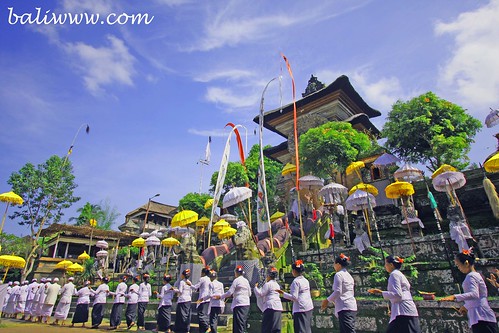Ask these questions when booking a room:
Travelling with Teenagers
When traveling to several locations, try to stay at least four or five days in one place, so your teens have a chance to meet other kids, adjust to the area and find their way around the vicinity. Then they get a feeling of orientation and independence. Have them memorize the name of your hotel (or the address of your lodging) and give them a hotel business card to keep in their pocket.
City visits with heavy cultural emphasis can be boring for teens. London is an exception, as there are some wonderfully hip places that both parents and teens will find interesting. Any vacation spot where there aren't other teens will be unpopular. (Forget the visit to Grandma and Grandpa's retirement spot in Florida, even if you think the beach is spectacular.)
Many parents find that by the time their kids become teens they are burned out from long road trips and will refuse to do extensive car trips anymore. If your vacation plans include long drives, consider buying or borrowing a small TV and VCR that will plug into your vehicle's cigarette lighter.
Dining at five-star restaurants is a waste of time and money with teens (unless they want to become a chef or have a highly developed palate). And if you are required to wear a tie, they won't like it (you may not either). Consider taking them to one fine restaurant per trip as part of their culinary education.
Have each teen bring a personal tape or CD player with headphones and extra batteries. Agree before departure on where, when and how often they may plug in.
Bring a deck of cards, backgammon set or other games you can all enjoy that gives you a relaxed evening activity together.
If you are traveling abroad with a teenage girl, this is a good time to talk about the many different come-ons of sexual predators.
If you are in a safe place and you trust your teens' common sense, give them the freedom to explore. Remind them of the buddy system: No one should go anywhere -- outhouse, cafe, beach -- without a buddy, whether it is a sibling, parent or friend. Be sure they know and agree to their curfew.
Remind them that when traveling, they are ambassadors in the world and should be extra respectful, helpful and polite to everyone they encounter (including their parents!).
If your teens take off on their own, remind them it is important to be cognizant of the hour of sunset. All over the world, towns and neighborhoods that are filled with activity during the day can empty out once darkness descends. Neighborhoods that have been active and safe during daylight hours are not necessarily so after dark.
Roll up your sleeves and share a volunteer vacation with your teenager. Dozens of non-profit groups offer fascinating trips for paying volunteers in the United States and abroad. They run the gamut of scientific, environmental, educational and social-service expeditions. Because group leaders are on hand to teach skills and monitor progress, volunteer vacations offer an opportunity for parent and teen to participate as equal learners on a team.
Consider letting your teens invite a friend to join you on short vacations, such as car or camping trips.
And perhaps the best bit of advice:
Remember what you were like as a teenager and how you wanted to spend your time on vacation!

















